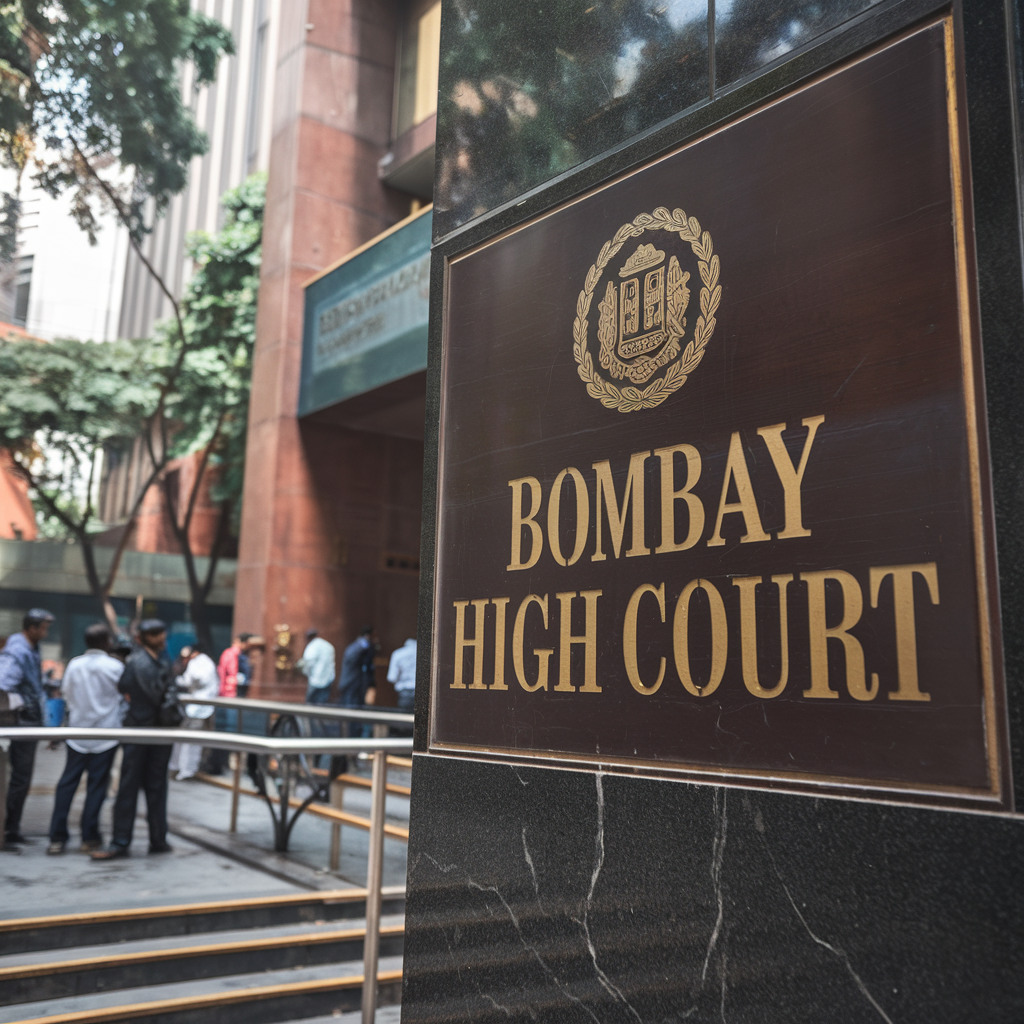In a landmark judgment, the Bombay High Court in the matter of Acme Enterprises vs Deputy Registrar, Cooperative Societies has delivered a significant ruling on the issue of deemed conveyance of land to apex bodies or federations of housing societies within a layout scheme. The Court clarified that a Federation or Apex Body can claim deemed conveyance only for the proportionate area of land corresponding to the portion for which an Occupation Certificate (OC) has been issued. The developer retains ownership rights and the entitlement to utilize the balance Floor Space Index (FSI) as per the disclosures made under the Maharashtra Ownership of Flats Act (MOFA).
Background of the Case
The case arose when the Federation of Cooperative Societies sought conveyance of the entire layout land from the developer, Acme Enterprises, even though part of the project remained under construction. The Competent Authority had earlier issued a deemed conveyance certificate in favour of the Federation for the entire layout land, which the developer challenged before the High Court.
The key question before the Court was whether the Federation was entitled to full land conveyance or only the proportionate share based on completed and occupied buildings.
Court’s Interpretation of MOFA Provisions
Justice of the Bombay High Court analyzed Sections 3, 4, 7, 7A, 10, and 11 of MOFA, outlining the duties of the promoter, the rights of flat purchasers, and the legal framework governing conveyance.
-
Section 3 mandates full disclosure by the promoter.
-
Section 4 requires the promoter to execute registered agreements with purchasers.
-
Section 7 and 7A regulate alterations or additions and the construction of additional buildings.
-
Section 10 directs the promoter to form a society or association.
-
Section 11 imposes a statutory duty on the promoter to convey title to the land and building to the society or federation.
The Court reiterated that if a promoter fails to execute the conveyance, the Competent Authority under Section 11(3) may grant unilateral deemed conveyance, but such inquiry is summary in nature and does not conclusively decide questions of ownership or title.
Summary Enquiry and Civil Suit Remedy
Relying on the Supreme Court’s ruling in Arunkumar H. Shah HUF vs Avon Arcade Premises Co-operative Society Ltd., the Court emphasized that the Competent Authority’s role is limited and cannot finally adjudicate ownership disputes. Aggrieved parties may approach a civil court to establish or challenge ownership rights after a deemed conveyance order.
Principle of Proportionate Conveyance Recognized
The judgment reaffirmed that societies of completed buildings in a layout are entitled to proportionate conveyance of land, even if the entire layout is not yet developed. The Government Resolution (GR) dated 22 June 2018 also recognizes this principle to prevent misuse by developers delaying conveyance to exploit future FSI revisions.
The Court explained that developers often delay conveyance to retain control of the total land area, thereby benefiting from future increases in permissible FSI. By conveying proportionate land to societies of completed buildings, both the developer and the society share additional FSI proportionately, preventing unfair profiteering.
Rejection of Federation’s Claim for Entire Land
The Court rejected the Federation’s claim for the entire layout land admeasuring 18,602 sq. mtrs, holding that the Federation’s entitlement extends only to 15,402.20 sq. mtrs — the area corresponding to buildings for which Occupation Certificates have been issued. The remaining 3,200 sq. mtrs of land remains with the developer, who can use the FSI admissible under the DCPR 2034 regulations, subject to disclosures made under MOFA.
The Court allowed the developer to proceed with construction of Building No. 1 with a maximum built-up area of 7,166.70 sq. mtrs (stilt + 17 floors), while ensuring that the Federation retains proportionate rights over the developed portion.
Illustrative Example by the Court
To clarify the rationale, the Court provided a practical example:
If a developer owns 10,000 sq. mtrs of land and builds one of two planned buildings utilizing half the FSI, the society of the completed building can only claim ownership of 5,000 sq. mtrs of land — its proportionate share. The remaining land (5,000 sq. mtrs) continues to belong to the developer, who can complete the remaining construction as per the disclosed development plan.
Key Takeaways from the Judgment
-
Federation/Society entitled to conveyance only for proportionate land corresponding to completed buildings with Occupation Certificates.
-
Developer retains right to use unutilized FSI on the remaining land, as long as disclosures under Sections 3, 4, 7, and 7A of MOFA are followed.
-
Deemed conveyance is a summary procedure, not a conclusive declaration of ownership.
-
Civil courts have jurisdiction to decide ownership disputes post-conveyance.
-
The judgment safeguards the balance between homebuyers’ rights and developers’ development entitlements, ensuring fair utilization of FSI.
Conclusion
The Acme Enterprises vs Dy Registrar Cooperative Societies judgment provides crucial clarity on the extent of land conveyance under MOFA, especially in large layout schemes where multiple societies and phased construction are involved. It reinforces the principle of proportionate ownership, preventing developers from indefinitely withholding conveyance while protecting their rights to utilize balance FSI in compliance with statutory disclosures. This decision will have a significant impact on Mumbai and other urban layouts developed under phased FSI utilization models.



